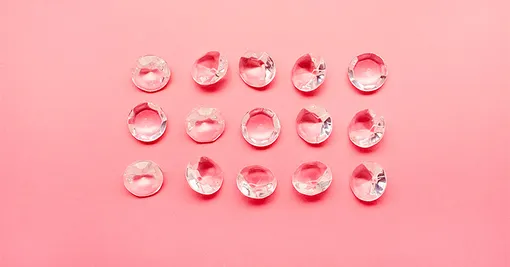Anyone interested in jewelry knows that not everything that sparkles is truly valuable. Under the guise of natural gemstones, imitations, fakes, synthetic analogues or refined samples that were originally of inferior quality are often sold on the market. However, the paradox is that some of them can cost as much, and sometimes even more, than real stones. Why does this happen, says the expert.










